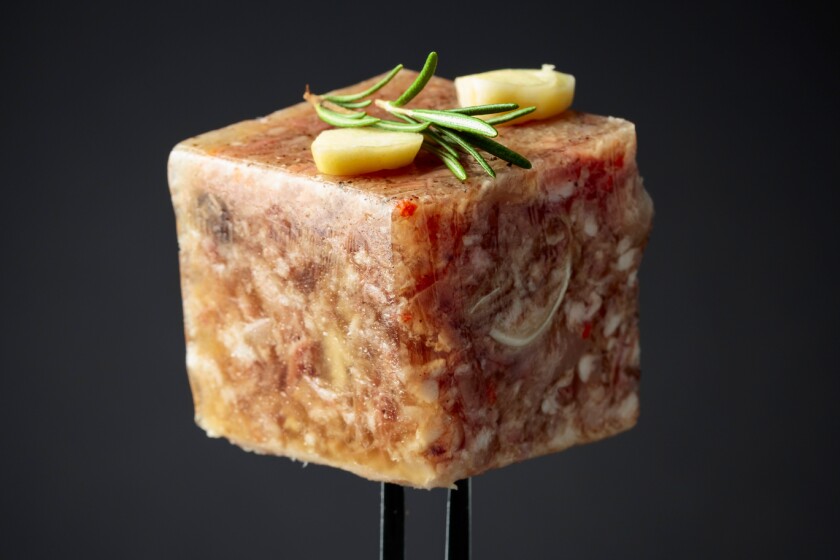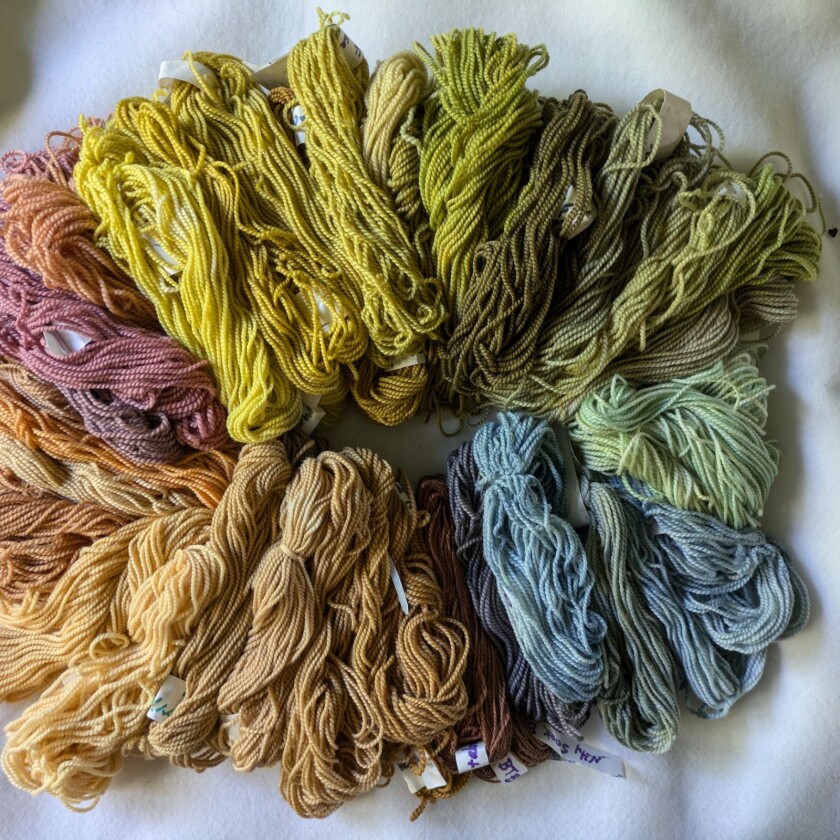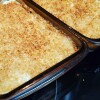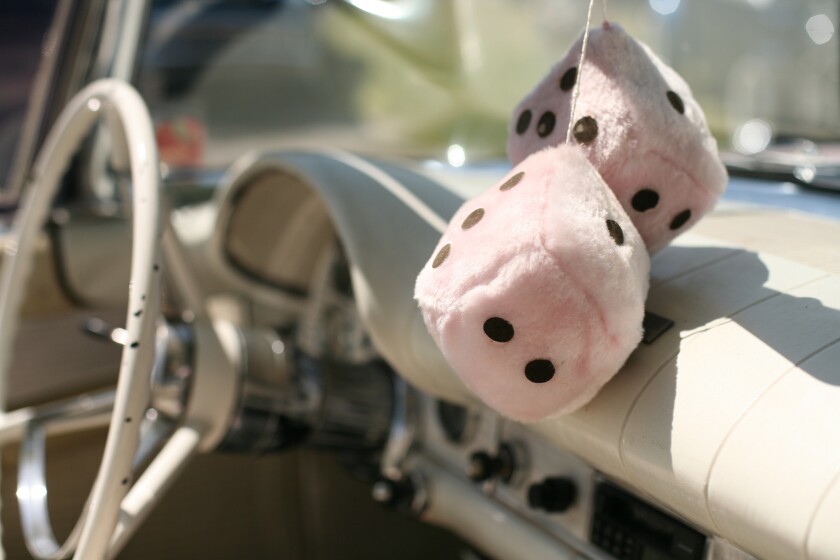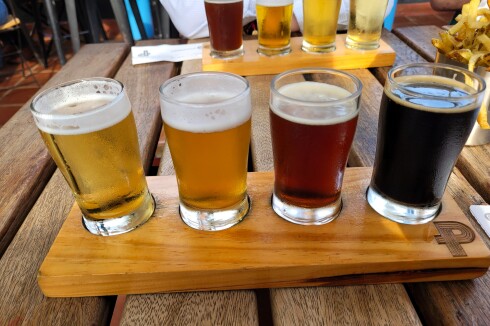Here they are, the holidays. They mean so much to so many people with fond memories of Christmases past as they anticipate Christmas present (and presents).
Food is a big part of holiday celebrations. So many dishes are exclusive to the holidays, many of them reflecting the ethnic backgrounds of the participants.
ADVERTISEMENT
That’s the case with me, for sure. A significant part of my ethnic heritage is Swedish, on my mother’s side, and she always prepared some foods associated with her parents' home country.
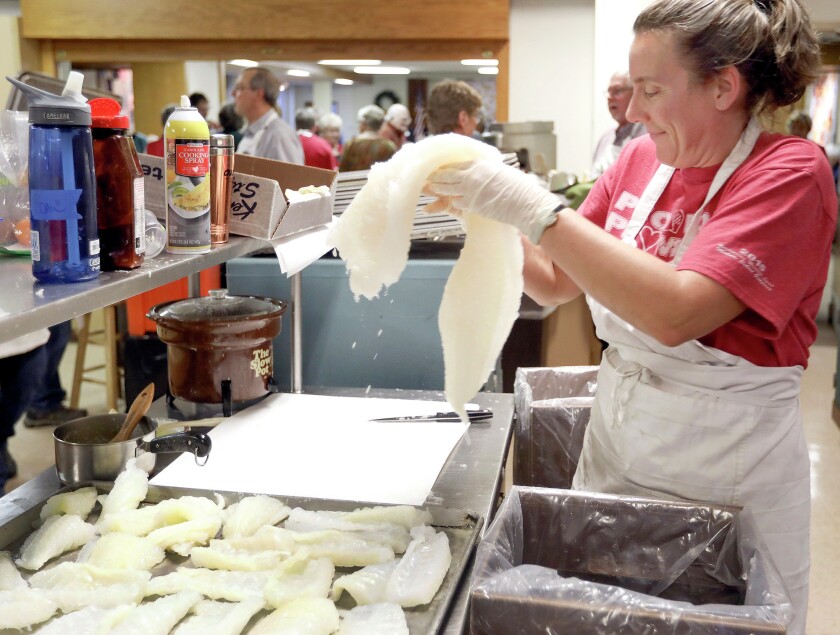
Of course, the mind immediately turns to fabled lutefisk at times like this. We had it every holiday season, but not on Christmas itself. She wouldn’t dare. Roast turkey was the main menu item on Christmas in our home just as it was and is in many others.
I’m not going to visit lutefisk today. It gets so much ridicule each year I think people are getting as tired of hearing about it as they are of eating it. Codfish soaked in lye is not my idea of edible repast.
Then there’s fruitcake, baked and served in my growing-up home. I hate to use the word "abominable" to describe it because it’s an effort to spell, but there it is. You can interpret the expression “nutty as a fruitcake” as you choose.

And don’t get me started on “lefse” or “kåldolmar” (Swedish cabbage rolls). Don’t worry.
No, today I am going to address something the Swedes (Norwegians, too) call sylta. (Warning: Never name a newborn girl Sylta.)
The real “Scandahoovian” aficionados call sylta “head cheese.” This is because real sylta — old-country sylta — was made from parts of calves, pigs and sheep that cannot be made into ribs, chops or roasts but the early “cooks” didn’t want any part of the late animal to go to waste.
ADVERTISEMENT
The solution: Use parts of the head. (Are you getting hungry yet?)
As a youngster being taught the “facts” of life I thought that among these parts of the animals’ heads meant what is loosely called the “brain.” In fact, I believed that until recently. But research has shown that the brain was usually not involved when preparing sylta, aka, head cheese.
What a relief. But research has also shown that parts of the head in early sylta vary, with one source saying this might include tongue but not eyes or ears. Yippee! Hold it. Tongue? Hmmm.
Well, anyway, apparently, they mix it all together, throw in copious amounts of gelatin, onions and other culinary detritus, form loaves and call it "sylta."
Now on to the important part of this narrative: Many of our Duluth grocery stores sell sylta at this time of the year. But do not despair, it contains no parts of the head. The sylta I bought recently simply lists “pork, water, gelatin, onions, celery, salt, all-spice and white pepper.” And I love it.
Actually, the “inspiration” for visiting this subject today was a recent encounter with a check-out person at one of our fine supermarkets. Among my purchases was a small brick of sylta and as the worker checked it through the scanner, he looked me in the eye and asked, “What is sylta?”
I was surprised that anyone in this part of the country had never even heard of sylta. One time, as I was checking out some sylta in the store, the clerk took one look at it and said “yuck.”
ADVERTISEMENT
In the recent encounter, I answered the check-out clerk in the briefest possible way by simply saying, “It’s a Scandinavian holiday delicacy,” He nodded and went on with his business.
I didn’t mention to him that it’s also known as head cheese. I didn’t include reputed ingredients of the past like maybe brains, but not eyes, ears and tongue. There is also mention of “feet” in some descriptions but I don’t know if I believe that. Feet are a long way from the head, we all know.
For the record, I love modern sylta sold in stores. Cheese-size slices soaked in white vinegar and served aboard a cracker are a rare delicacy only at holiday time. Enjoy or yuck, depending on your preference.
Well, this is my final column of 2024, so I wish readers a happy (even merry) holiday (as they say in Sweden, “God Jul”) and extend best wishes for 2025. I’ll be back in January, hoping for the best.

